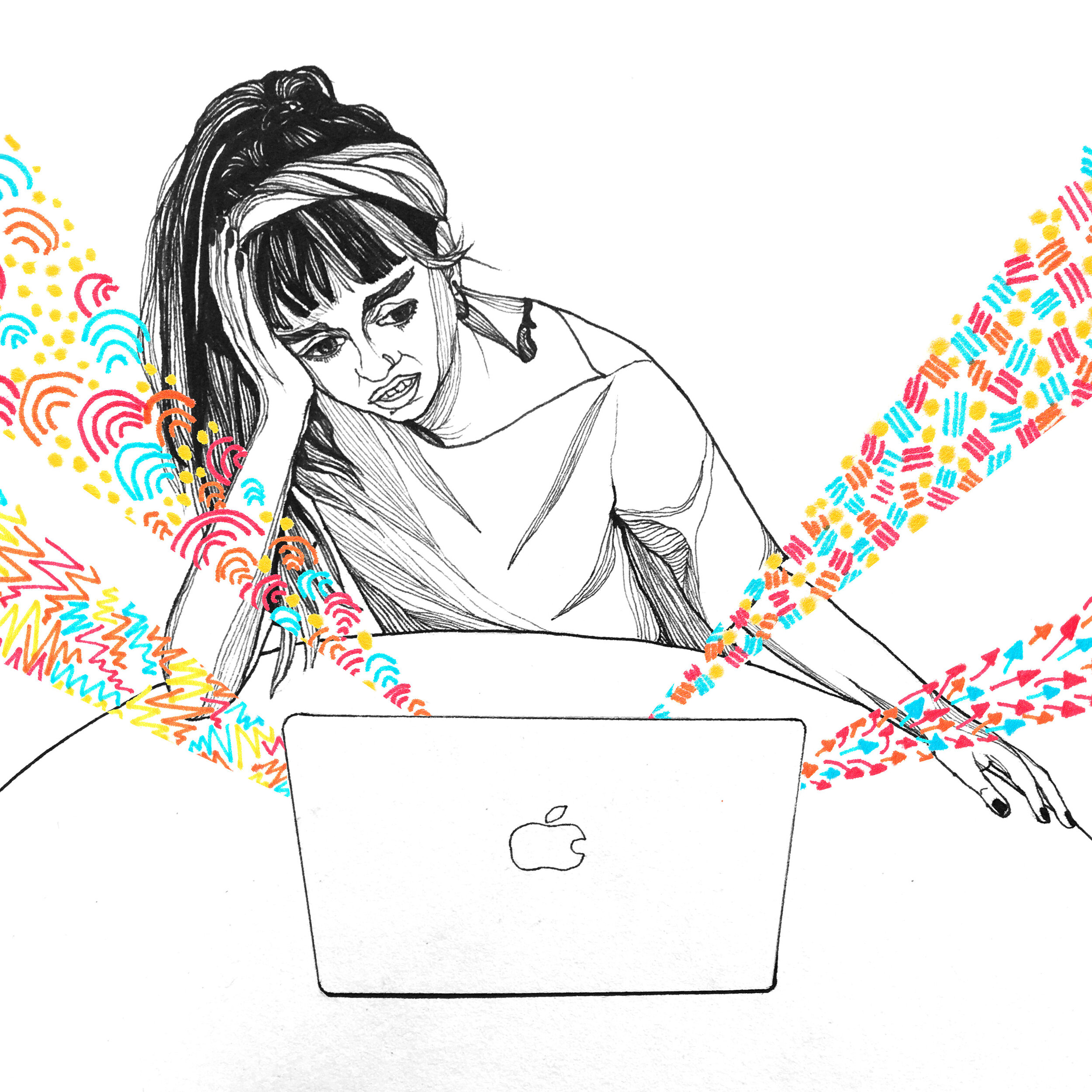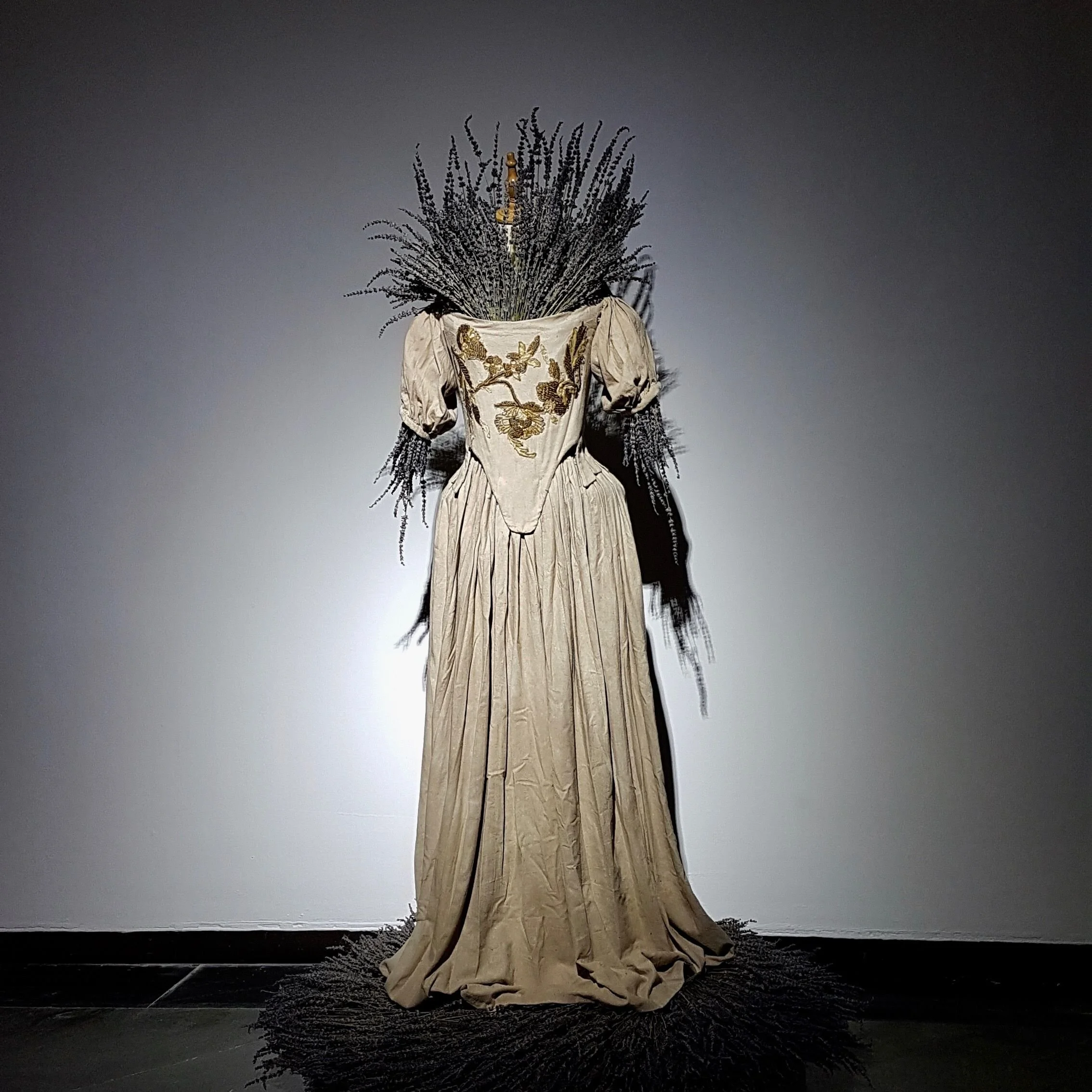Misinforming the Public: Fact, Fiction and Fakes.
In a catch up with a friend who works for a charity supporting the elderly, he told me how confused his clients were in response to Boris Johnson’s latest coronavirus motto: ‘stay alert, control the virus, save lives’. “We can go out again soon” one said in excitement, whilst another claimed heartily that “the restrictions are finally being dropped”. After being cooped up in isolation for such a long period of time, the omission of ‘stay home’ in the PM’s instructions, have unsurprisingly left people with a feeling of hope, and the perception that the restrictions are being lifted.
This lack of clarity in communication from the government, is one of the greatest causes for collective confusion amongst society. No matter which generation one is born in, there is nothing we can compare the pandemic to from our lifetime, which clouds our lives with a great unknown. Our survival relies on our collective ability to adhere to the rules set by our world leaders, which cannot be done if we are not given clear and precise instructions.
In Australia, Prime Minister Scott Morrison insisted they ‘don’t want to be overly specific’ in their communication to the public, as they want ‘Australians to exercise their common sense’. He also said that someone with a job is an essential worker, I’m guessing in an attempt to reassure his people. In a similar manner on the 3rd March, Boris Johnson claimed the ‘coronavirus would not stop him greeting people with a handshake, adding that he had shaken the hands of everyone at a hospital where infected patients were being treated’ (1).
In both cases, it seems the PM’s political intent is to avoid raising alarm bells amongst the public, choosing to soothe them instead of admitting the reality of the situation. Their communication demonstrates a lack of concern, giving no clear indication of what is right and wrong. In light of the severity of a pandemic, cold hard facts would better serve society, enabling them to live safely and co-operatively. Relying on people to do the ‘right thing’ is an extremely risky game, and can only result in individuals seeking answers elsewhere.
The sources we then decide to engage with to demystify the coronavirus, each play an important role in shaping our behaviour and understanding. Familiar and unfamiliar authorities in our lives, jostle in their level of importance as we struggle to find the truth; from mothers to doctors, politicians to Google - each have a role in putting your personal jigsaw together.
Online we turn to podcasts, YouTube videos, social media threads and celebrity gossip pages, each sharing their take on the distribution of advice and facts; “the coronavirus is a hoax”; “drinking industrial strength alcohol protects you from the virus”; “it’s just a common cold”; “you’re safe if you’re young”; “injecting the body with disinfectant can cure”; “5G is the route of the cause”.
All of these theories, whether originating from Donald Trump or Woody Harrelson, have a huge societal impact when released to the viral clutches of the internet. Speculations turn into rumours, which spread and transform into fake news, a harmful type of information which has led to a series of sad and unnecessary deaths. Hundreds in Iran have died after drinking dettol (2), and 40% of coronavirus patients seriously ill and hospitalised in New York were reported to be under the age of 50, despite the popular belief that the young are resilient to the disease (3). As the World Health Organisation (WHO) stress: “We’re not just fighting an epidemic; we’re fighting an infodemic. Fake news spreads faster and more easily than the virus, and it is just as dangerous” (4).
5G is a particularly popular subject in the world of fake news and COVID-19. The internet is to blame is a fairly common accusation since its invention, so it comes as no surprise that it’s being targeted as a virus cause. In April, around fifty fires were started targeting cell towers in Britain, captured through photos on social media with titles such as “nobody wants cancer & covid19. Stop trying to make it happen or every pole and mobile store will end up like this one” (5). Aside from the sheer absurdity of the scientific reasoning behind these attacks, their most damaging effect is the destruction of the infrastructure we need to respond to this health emergency.
In their analysis of coronavirus misinformation, The WIRED Podcast narrators claim that social networks have failed in their role to stop this information from spreading. Where they commend Facebook for having fairly good control, they feel YouTube is mostly to blame for some of the more catastrophic effects of fake news. RT, the most viewed news broadcaster on YouTube, has posted content featuring Michelle Greenstein claiming that 5G could ‘kill you’ (6). This is still available to watch, with the potential to influence further attacks and the spread of this misinformation.
I’ve glazed over some of the many existing examples of coronavirus fake news, based on conspiracy theories, rumours and sheer stupidity. But there is another world we’re all familiar with, where online communication and ‘infodemics’ are manipulated to gain political advantage. The pandemic offers a new turning point for China, who have been commended for their treatment of the virus and organisation of society in response. Twitter, which is blocked in China itself, is used by the country’s diplomats to promote their charitable efforts. Thousands of Twitter accounts are said to have been used as a ‘sock-puppet’ by the state media for spreading China’s disinformation around these efforts (7).
Donald Trump’s weak voice during the pandemic has only made China’s case stronger. In the early months of the virus, Trump played a similar card to Morrison and Johnson, claiming ‘absolute power’ but at the same time, saying ‘I don’t take responsibility at all’ (8). As China has risen as a positive example in the course of actions around coronavirus, Trump’s discomfort has followed. Resorting just a few weeks ago to labelling COVID-19 as the ‘Wuhan Virus’ (9), Trump is now pointing his finger at China as the cause of the pandemic. To seal the deal on his concern, he also made a public announcement that he would suspend American funding to the WHO, who he accuses of having a pro-China bias, and for pushing China’s misinformation (8).
The battle of disinformation, fake news and the truth is an extremely messy affair. When the lives of citizens, the infrastructure of the internet, and the funding of WHO are all at risk, we must ask ourselves where our priorities lie? Fighting the coronavirus takes a world approach, where we must work together. Let’s stop supporting the spread of the infodemic, and focus instead on the reliable sources of the COVID-19 scientists, researchers and health professionals. It’s unfortunate that many of our world leaders should not be included as a reliable source, but we must remember that they are new to epidemics, and learning as they go. That’s not to say that they’ve not received sufficient advice, but that they run their countries with very separate agendas to scientists. As we turn away from their shaky advice and lack of instruction, we must pick our next source of knowledge wisely, and remember the power that information holds in keeping us safe or at risk.
References
1) James, W (2020) UK PM Johnson: Coronavirus will not stop me shaking hands. Reuters. Available online.
2) Trew, B (2020) Coronavirus: Hundreds dead in Iran from drinking methanol amid fake reports it cures disease. Independent. Available online.
3) Garrett, L (2020) Coronavirus misinformation is its own deadly condition. Scientific American. Available online.
4) Wilding, M (2020) Fighting The Infodemic: How Fake News Is Making Coronavirus Even More Dangerous. Esquire. Available online.
5) Chan, K., Dupuy, B., Lajka, A (2020) Conspiracy theorists burn 5G towers claiming link to virus. ABC News. Available online.
6) RGT (2020) 5G Wireless: A Dangerous ‘Experiment on Humanity. YouTube. Available online.
7) No Author (2020) Thanking Big Brother. The Economist. Issue: Is China Winning? April 18th-24th 2020. (pp42-43)
8) No Author (2020) Is China Winning? The Economist. Issue: Is China Winning? April 18th-24th 2020. (p7)
9) No Author (2020) The paradox of the pandemic. The Economist. Issue: Is China Winning? April 18th-24th 2020. (p31)






